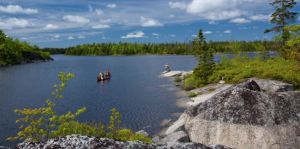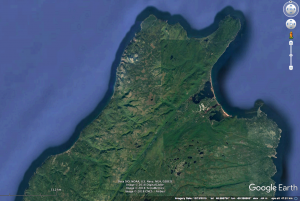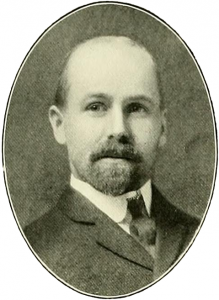
ML Fernald (Wikipedia)
Some of Fernald’s collections are in the Dal Biology Herbarium now being digitized.
View A CENTURY OF SPECIMENS by Stefanie Wilson in Dal News for Aug 7, 2018. Some extracts:
The Herbarium Digitization Project is a collaboration between the Department of Biology and the University Archives. A four-step process, the digitization involves verification, cataloguing, recording included information and then photographing each specimen.
To take these physical records and turn them into digital files is a big job — one that’s perfectly suited to a Biology graduate who has developed a keen interest in plants.
“I originally wanted to go to Medical School, like a lot of starting Science majors,” Nick [Belliveau] admits, “but I ended up really falling in love with the flora of Nova Scotia and Botany and that part of the Biology program.”
Continue reading
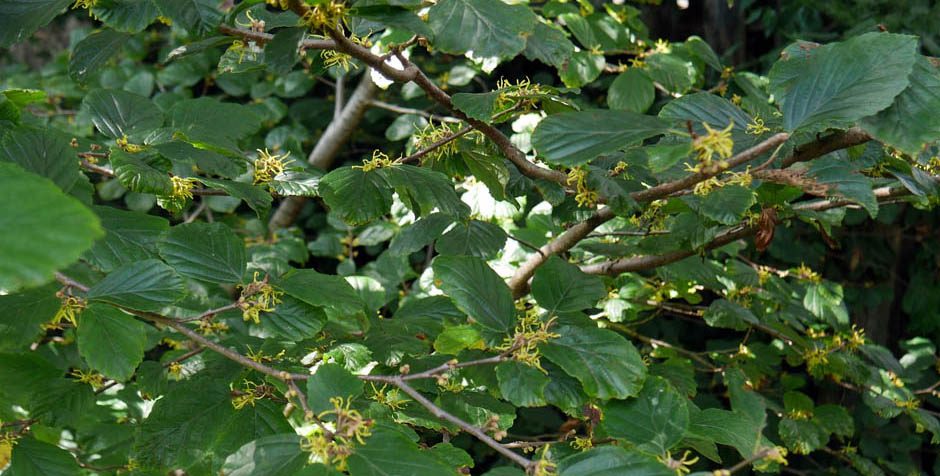

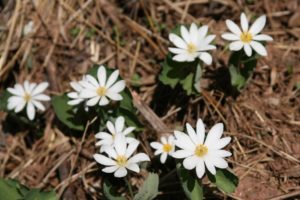 Reports on the field trips are posted on NatureNS, inlcuding that of the Spring Ephemerals led by John Brownlie and Gillian Allan.
Reports on the field trips are posted on NatureNS, inlcuding that of the Spring Ephemerals led by John Brownlie and Gillian Allan. 







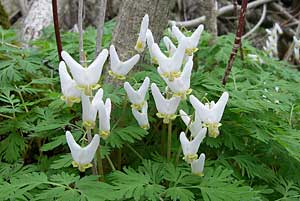 NatureNS, the Federation of Nova Scotia Naturalists is holding its annual spring weekend this year in Debert. It includes talks and walks and a celebratory dinner. View details at
NatureNS, the Federation of Nova Scotia Naturalists is holding its annual spring weekend this year in Debert. It includes talks and walks and a celebratory dinner. View details at 